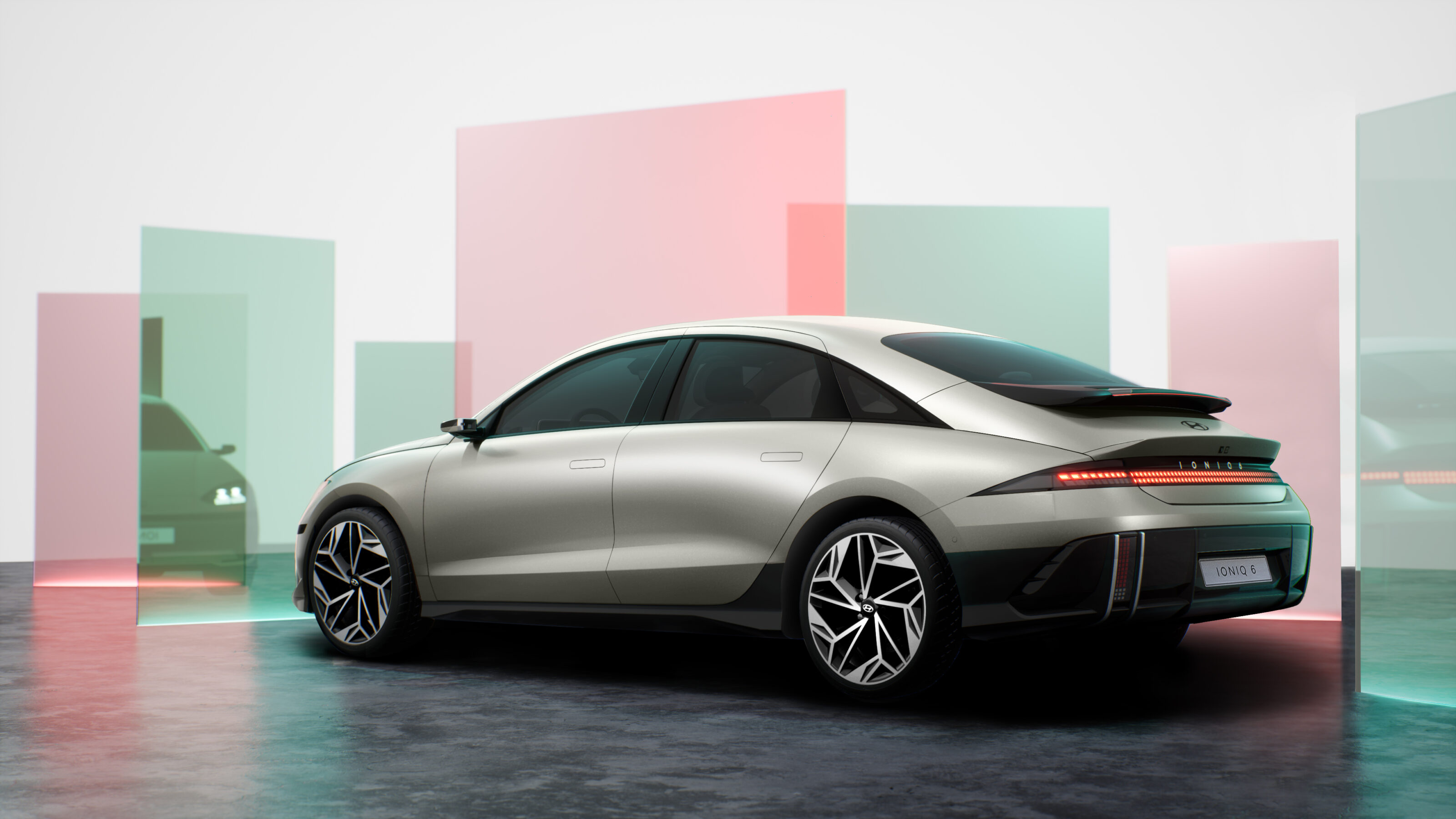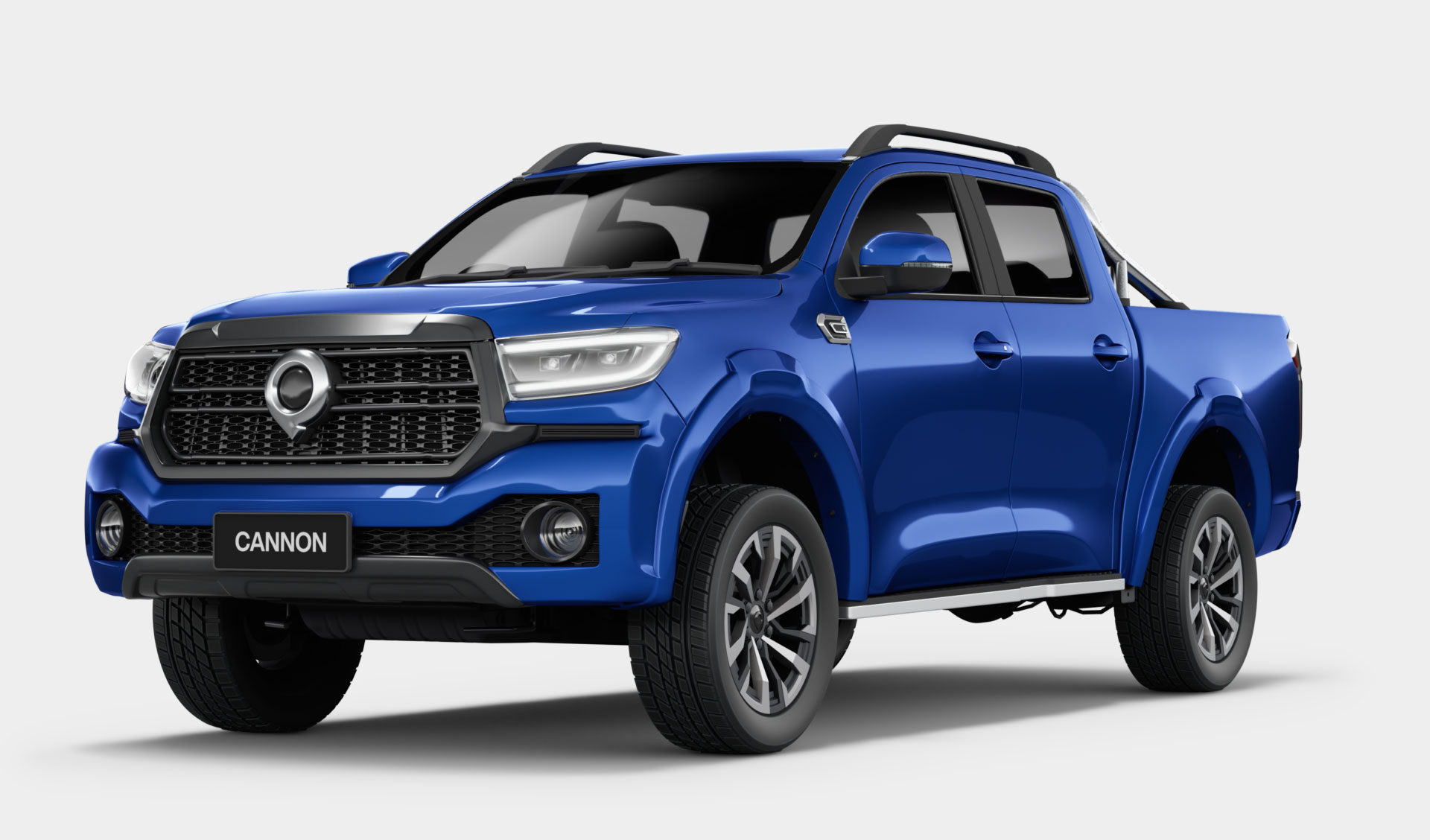UPDATE: The 2023 Hyundai Ioniq 6, due to launch locally in the first half of next year, has achieved a WLTP-rated driving range of 614 kilometres per charge.
This ranks among the best and most-efficient mainstream EVs (soon to be) on the market, besting the best of Tesla’s Model 3 (Long Range AWD claims 602km on WLTP), which currently claims around 25 percent of 2022’s electric passenger vehicle segment.
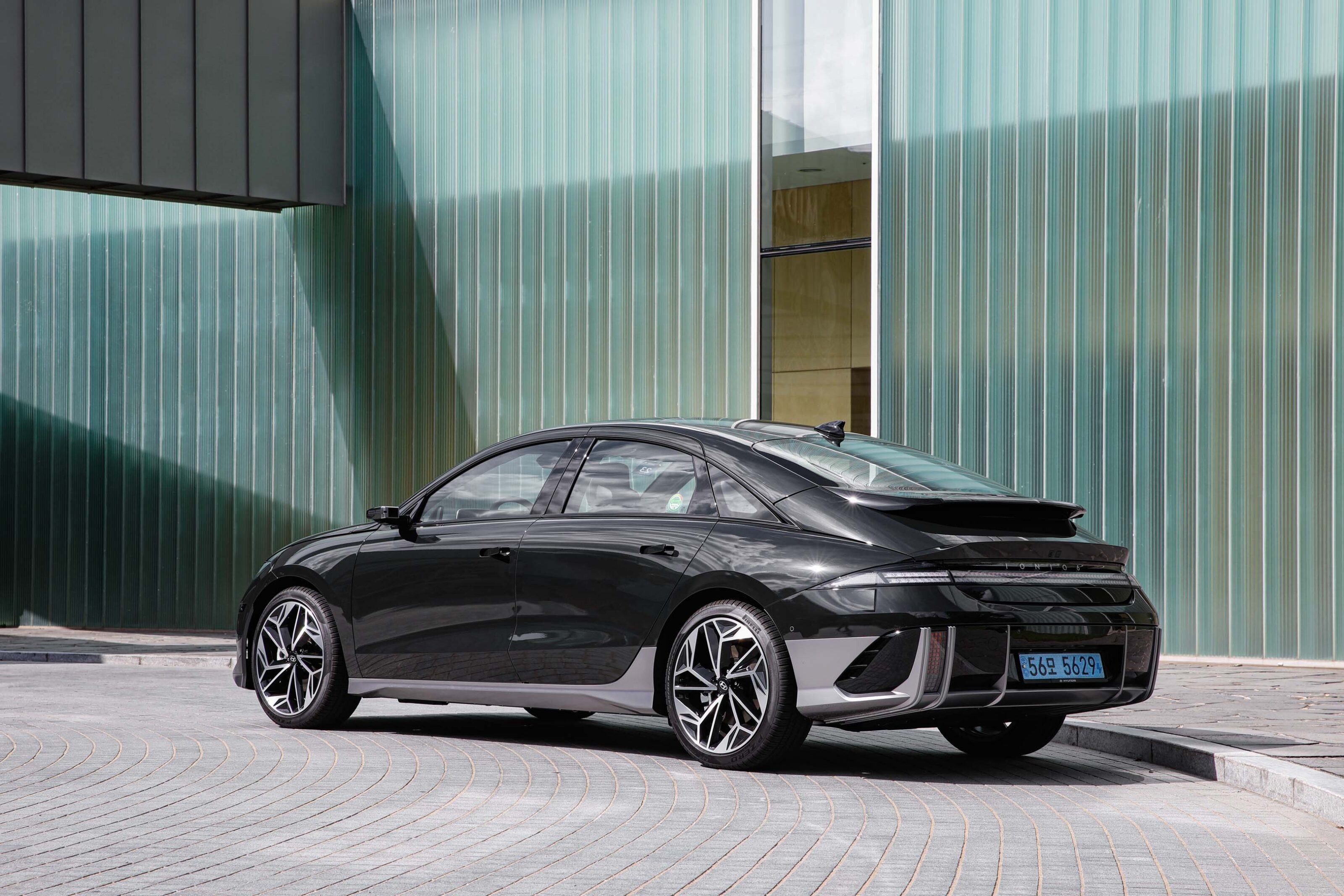
The Ioniq 6 offers 800V fast charging from ten to 80 per cent in just 18 minutes, and rides atop Hyundai’s E-GMP electric modular platform, just like the Ioniq 5 and Kia EV6. Its air-bending drag co-efficient of 0.21 the lowest in Hyundai’s portfolio, among the lowest in the industry and contribute heavily to admirable ranges.
Read on below for more information about the 2023 Hyundai Ioniq 6, including specifications, features and the most up to date release information.
New information regarding the Ioniq 6’s WLTP certification have been updated in the original story below.
The story to here
July 14: 2023 Hyundai Ioniq 6 detailed: Power, driving range and more
Snapshot
- Two grades likely at local launch
- Expected in Australia first half of 2023
- WLTP-rated range of 614km, consuming 13.9kWh/100km
The 2023 Hyundai Ioniq 6 electric vehicle has launched globally, with the sleek coupe said to be capable of driving more than 610 kilometres on a single charge.
Launching in Australia in the first half of 2023, the Ioniq 6, which was revealed last week, is expected to arrive locally in two highly-specced variants initially, offering both rear-wheel-drive and all-wheel-drive options – mirroring its Ioniq 5 sibling’s lineup – though this is still to be officially confirmed.
Pricing has yet to be revealed, but is expected to be similar to the Ioniq 5 SUV and fall in the $70,000 to $80,000 bracket. At present the Ioniq 5 costs $69,900 for the RWD Dynamic and $77,500 for the AWD Techniq, having recently undergone a price drop and rise respectively in addition to the entry-level variant’s driving range being bumped up to 481km.
The Ioniq 6 will also be the brand’s first model to offer the over-the-air (OTA) software updates to allow drivers to upgrade the vehicle’s controllers for electric devices, autonomous driving, battery, maps, media software and more.
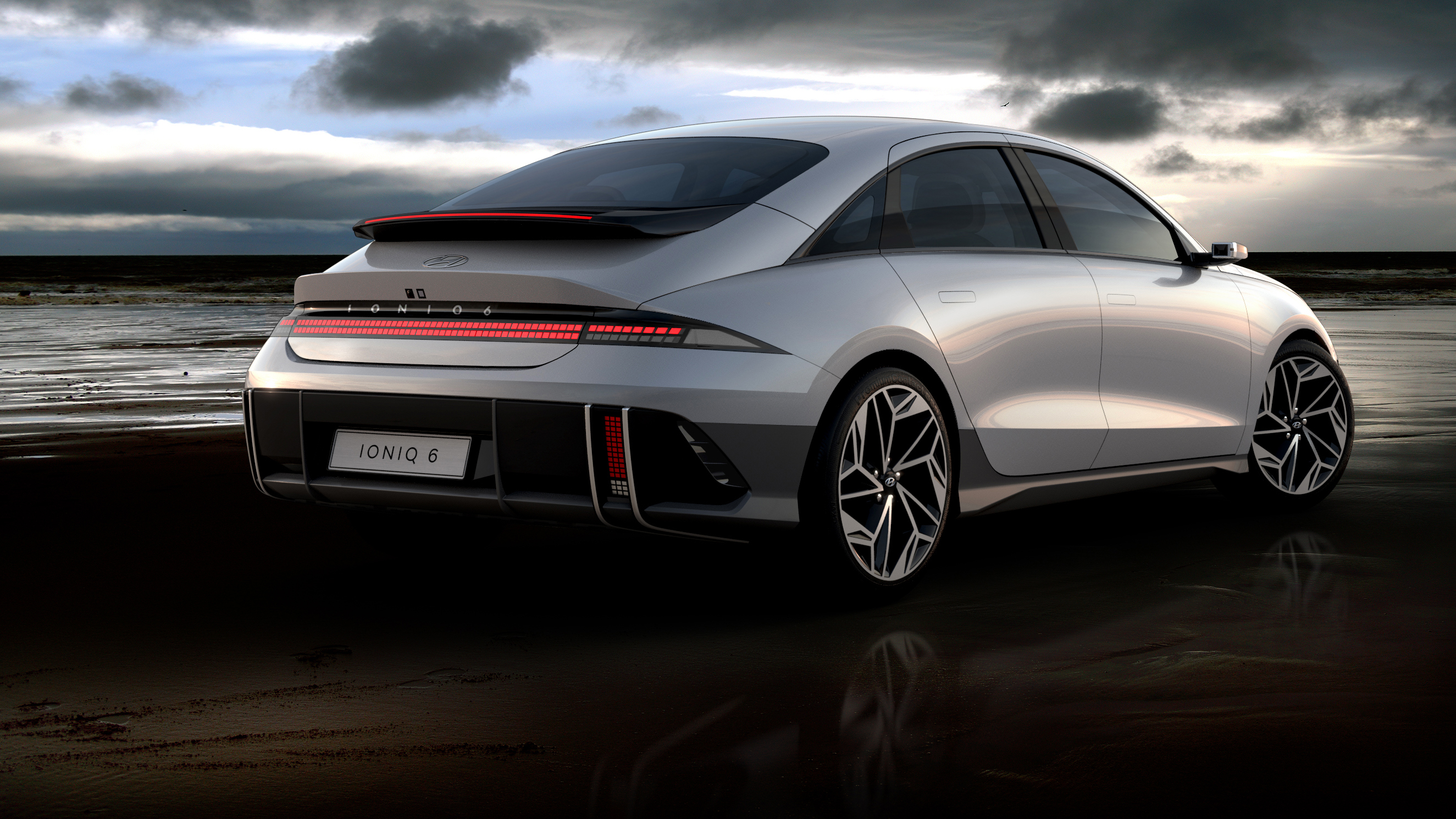
Features
Specification by variant hasn’t yet been provided, but here’s what we know about what the Ioniq 6 range will come with:
| V2L charging |
| Electric Active Sound Design |
| Voice memo function |
| Cabin made from sustainable materials |
| Over-the-air updates |
| Dual-colour ambient lighting with speed-synchronisation |
| 12-inch digital cluster |
| 12-inch touchscreen |
| Bluelink infotainment/map updates |
| Premium Bose sound system with eight speakers |
| Apple CarPlay and Android Auto connectivity |
| Bluetooth multi-connection |
| Four interior colours, including: dark grey with light grey, dark olive green with light grey, black with pale brown and all black |
| 12 exterior colours, including: gravity gold matte, abyss black pearl, serenity white pearl, curated silver metallic, nocturne grey metallic, nocturne grey matte, transmission blue pearl, biophilic blue pearl, ultimate red metallic, digital green pearl, digital green matte and byte blue |
| 4 x USB Type C, 1 x USB Type A |
| Optional front row relaxation comfort seats |
| EV Performance Tune-up |
| Choice of 18-inch or 20-inch wheels. |
Unlike the Ioniq 5, the digital side mirrors (which can be had in other markets) will be coming to Australia with the Ioniq 6.
It will also be the second model in Hyundai Australia’s lineup to feature the marque’s Bluelink connected car service – following on from its inclusion in the 2023 Palisade – and a complimentary five-year subscription will be included with every 6 sold locally.
“Ioniq 6 is designed and engineered to seamlessly enhance our daily lives as space to awaken your potential,” said Thomas Schemera, Executive Vice President, Global Chief Marketing Officer and Head of Customer Experience Division at Hyundai Motor Company.

“The innovative interior is meticulously thought out as a cocoon-like personal space, enhanced with the latest technologies to create a safe, fun, and stress-free driving experience. The spacious interior, with sustainability and usability at its heart, once again represents a step forward for electric vehicles, in line with the values of our customers.”
“Ioniq 6 connects an emotional convergence of functionality with aesthetics,” said SangYup Lee, Executive Vice President and Head of Hyundai Design Centre. “The distinctive streamlined design is the result of close cooperation between engineers and designers, with obsessive attention to detail and customer-centric values at the core. We have created the Ioniq 6 as a mindful cocoon that offers personalised place for all.”
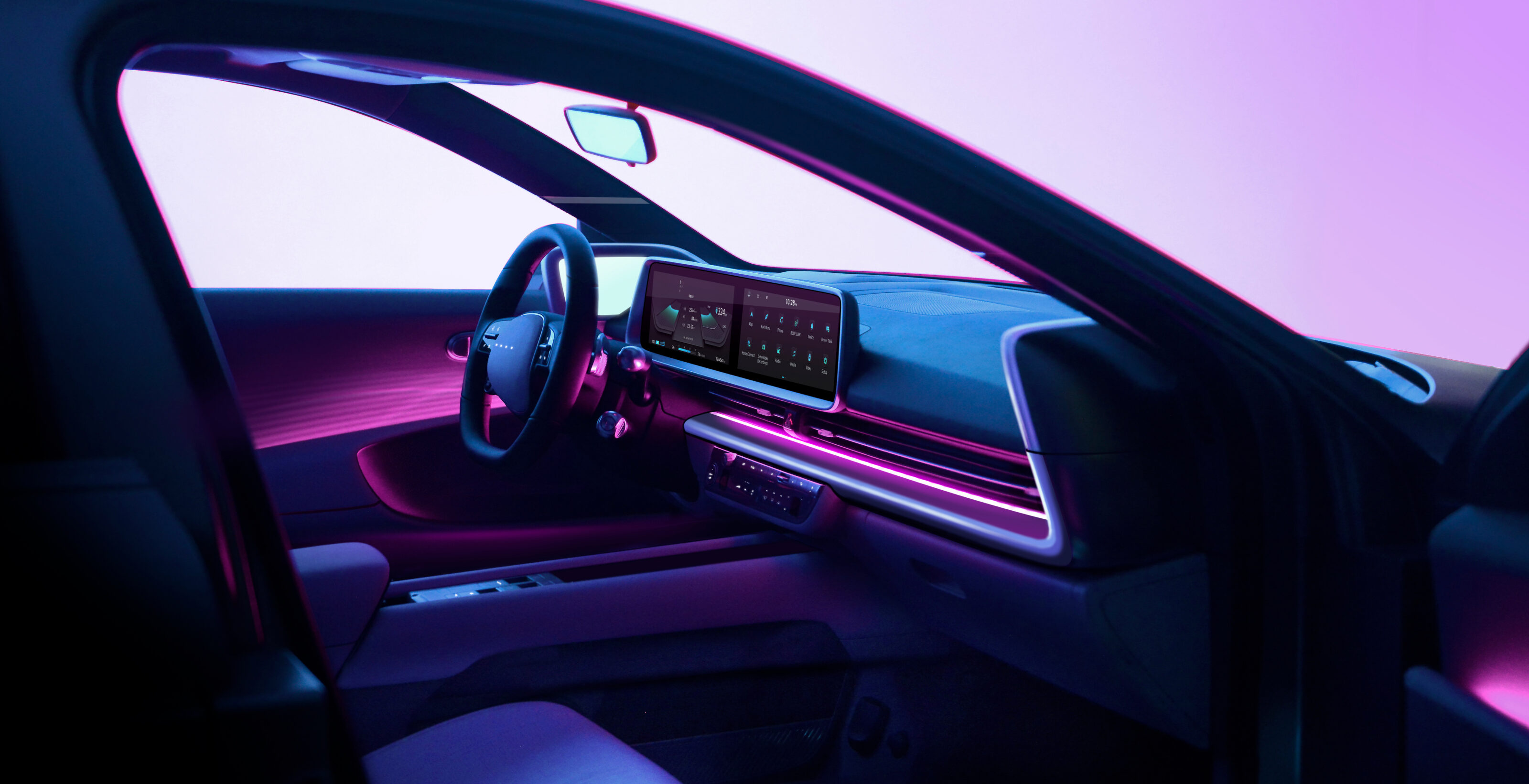
Powertrain, range and charging
The Ioniq 6 will share the same battery found in its EV6 cousin – the 77.4-kWh unit (which will be available on either the single-motor RWD or dual-motor AWD variants) and also come with a smaller 54kWh single-motor version overseas (RWD only) – which has been promised for the Ioniq 5 locally at a later date previously, but has not yet arrived. The Ioniq 5 uses a 72.6kWh battery, but all three models ride on the same electrified E-GMP platform.
Hyundai’s Ioniq 6 achieves a WLTP rated cruising range of 614km, ranking it among the best available on the Australian market.
The best-selling Tesla Model 3 Long Range AWD is rated to 602km on the WLTP cycle.

The Ioniq 6’s headline cruising range, however, applies only to the Long Range (77.4kWh) 2WD variant riding on 18-inch wheels. Stepping up to 20-inch wheels drops its claimed range to 545km.
A similar range penalty occurs on the Long Range AWD, too, with the 18-inch vehicle claiming 583km, which drops to 519km with the 20-inch wheels fitted.
The Standard (53kWh) 2WD-only variant is only fitted with 18-inch wheels and registers a claimed 429km.
However, in contrast to the Ioniq 5, the Ioniq 6 has a shorter wheelbase (2500 millimetres) – even though it is longer overall, making it a closer match to its petrol-powered Sonata N Line sibling. It’s 4855mm long, 1880mm wide and 1495mm tall and comes with a choice of 20-inch or 18-inch wheels. In addition, all seats are around 30 per cent thinner than those in other conventional non-EV models, providing more space for passengers.
As a low-slung sedan, aerodynamics played a significant role in the design of the Ioniq 6, which achieves a low drag coefficient of 0.21 when fitted with 18-inch wheels and digital side mirrors.
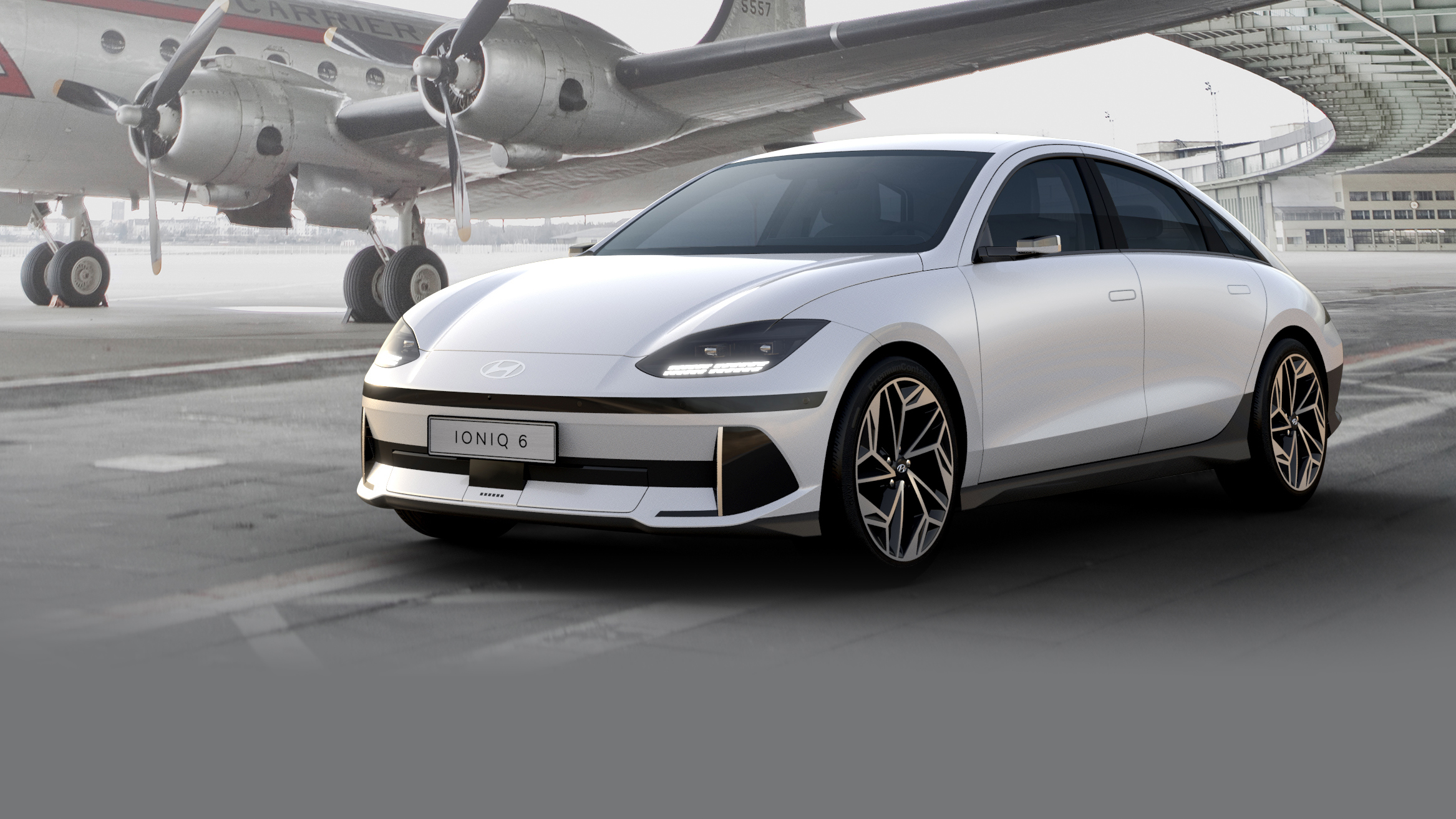
Power and torque outputs for the RWD variants have not yet been given, but the top-spec dual-motor AWD option is said to be capable of providing 239kW/605Nm and can go from 0-100 km/h in 5.1 seconds. The Ioniq 5’s sprint times are rated at 7.4s for the RWD and 5.2s for the AWD using the 72.6kWh battery, with driving ranges at 451km (at launch, now bumped up to 481km) and 430km respectively.
Like its stablemates, the Ioniq 6 claims an ultra-fast 350kW charging time of 18 minutes to power it from 10 to 80 per cent, and can support both 400-V and 800-V charging. It also gains the vehicle-to-load (V2L) function that allows customers to charge any electric devices for; powering necessities during a power outage, camping or outdoor projects. V2L is enabled using an available accessory adaptor and goes into the outside charging port. In addition, there is a second outlet underneath the back row seat for charging laptops, phones and other devices.
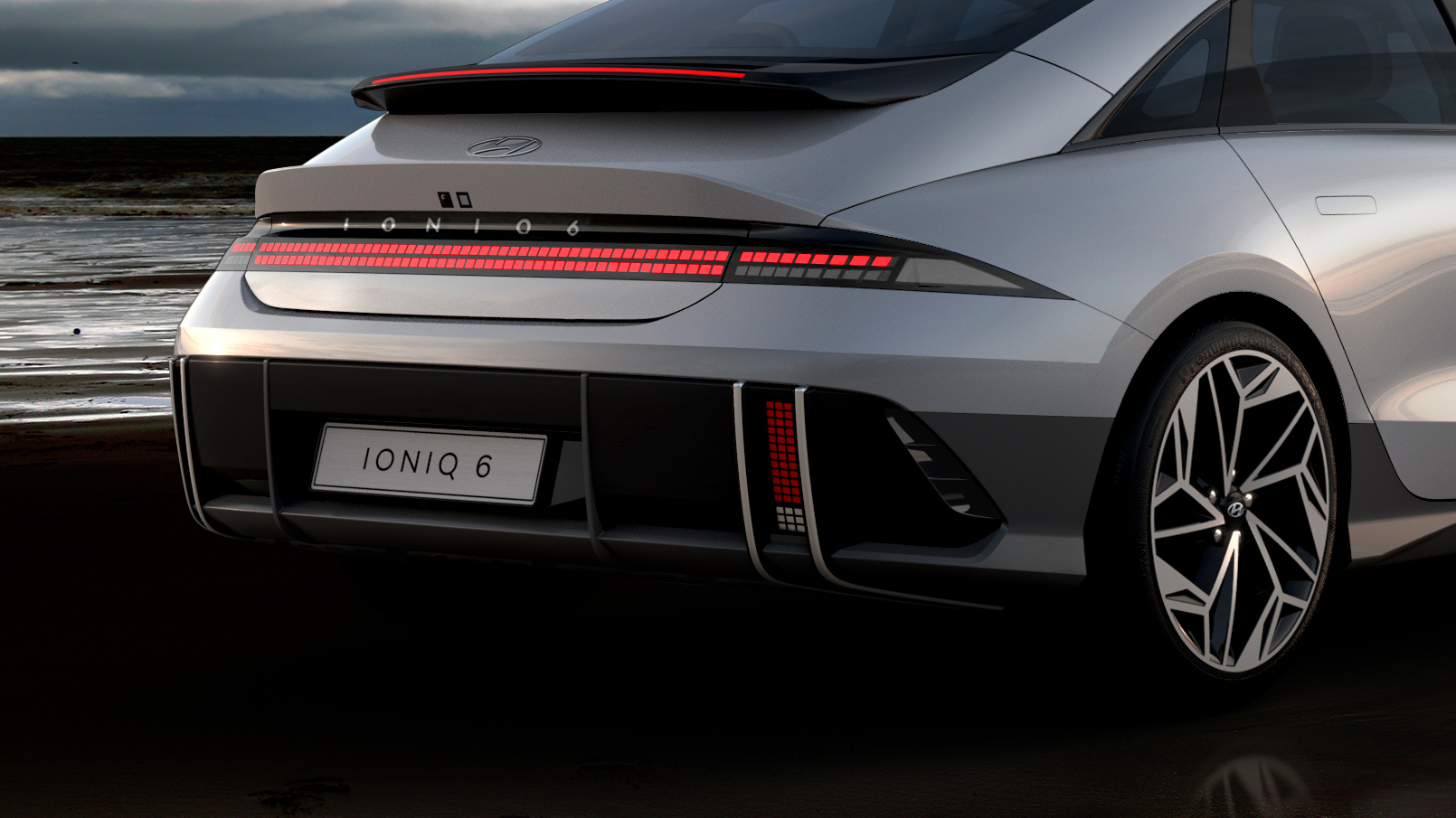
Though the Ioniq 6 shares similar powertrains with its forebear, Hyundai execs told media at an event this week that its extended driving range has been made possible through a series of innovative and technological enhancements, including to the vehicle’s aerodynamics compared to the 5, to make its energy conversion process more efficient.
As with all Hyundai models, the Ioniq 6 will go through Hyundai’s local tuning program, which evaluates various hardware components, such as dampers and springs, as well as tuning software compared to how it’s presented overseas “to select the best setup suited to our unique local conditions”.
Said program is carried out on local roads across Greater Sydney, but does not include bespoke local ECA tuning or damper builds, the manufacturer has confirmed.
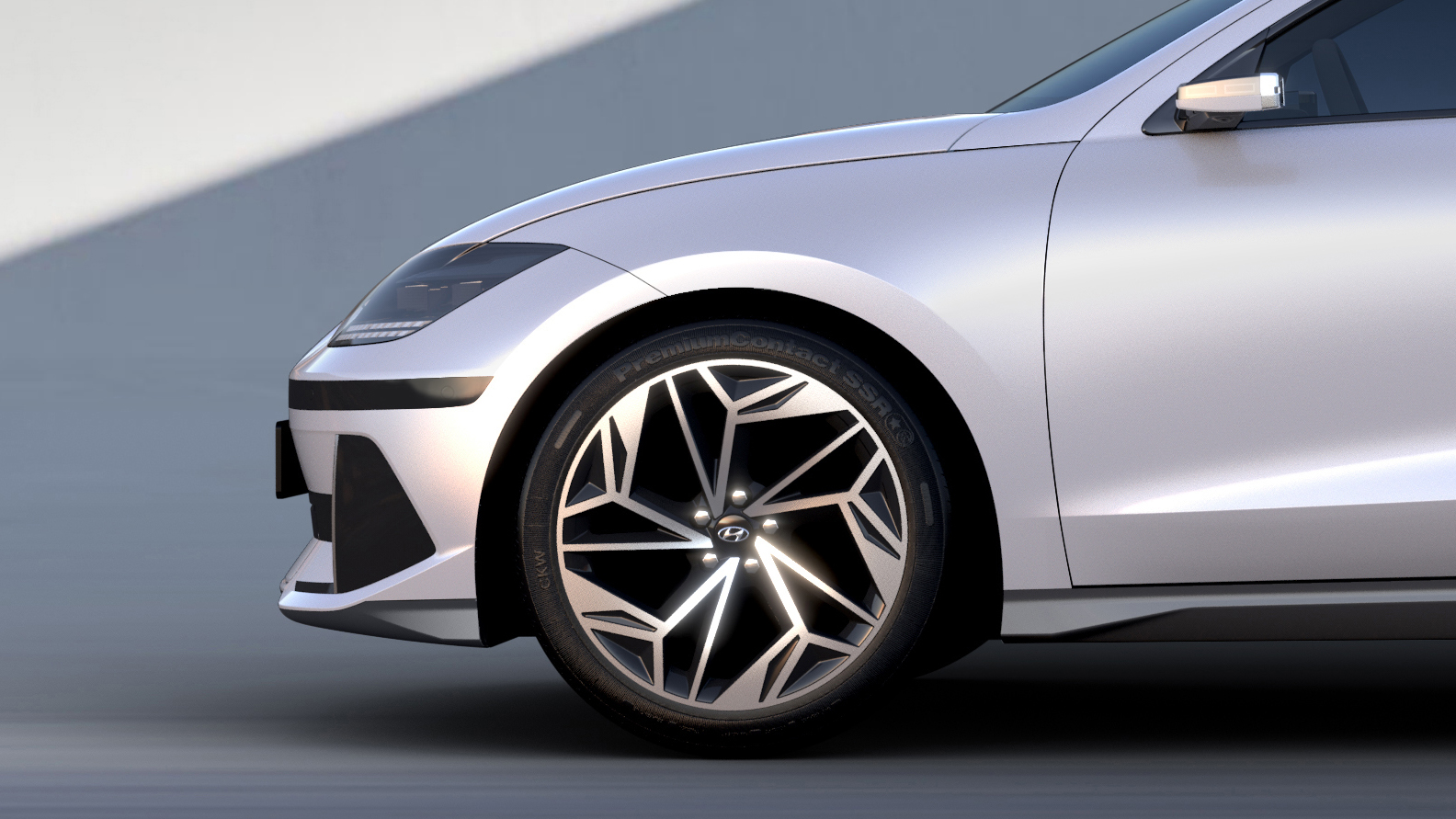
Safety
The Ioniq 6 features Hyundai SmartSense’s advanced driver assistance systems, including:
| Highway driving assist 2 |
| Smart cruise control |
| Forward collision-avoidance assist |
| Enhanced junction crossing, lane-changing (oncoming and side) |
| Evasive steering assist |
| Intelligent speed limit assist |
| High beam assist |
| Driver attention warning |
| Blind-spot collision-avoidance assist |
| Blind-spot view monitor |
| Safe exit warning |
| Remote smart parking assist 2 |
| Surround-view monitor |
| Forward/side/reverse parking collision-avoidance assist |
| Rear cross-traffic collision-avoidance assist. |
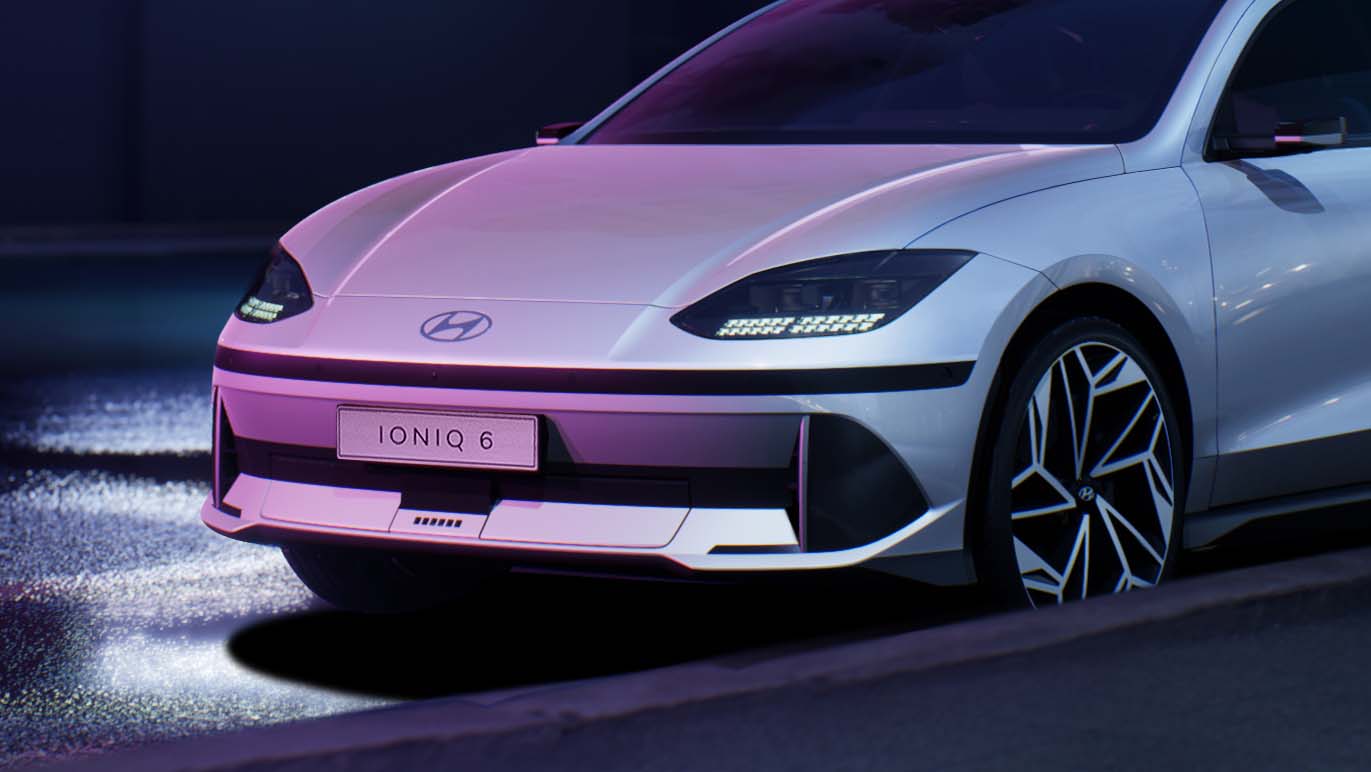
Availability
Production for the 2023 Hyundai Ioniq 6 is slated to begin in the third quarter of 2022, with a launch set for Australia in the first half of 2023.
Hyundai would not be drawn on what it expects local sales to be like, but confirmed that “but like Ioniq 5 before it, we expect demand to significantly exceed supply for the foreseeable future”.
So far this year, 321 examples of the Ioniq 5 have been sold in Australia, in addition to the 172 last year, 585 Kona EVs and 338 units of the original Ioniq – now discontinued – EV.
Hyundai has confirmed the Ioniq 6 will be sold online in batches – as has been the case with the Ioniq 5 since its local launch in 2021. A further allocation of 130 examples of the latter went on sale yesterday providing a mix of colours and variants, with another 119 units of the top-spec Techniq AWD due to do the same on July 20, and another batch set to follow in August.
We recommend
-
 News
NewsHyundai Ioniq 6 tech specs show off sub-Sonata sized EV
The latest Ioniq vehicle will be longer and lower than its 5 sibling
-
 News
News2023 Hyundai Ioniq 6 electric car revealed
Two years on from the reveal of its Prophecy concept, Hyundai has unveiled the final result: the Ioniq 6 electric sedan
-
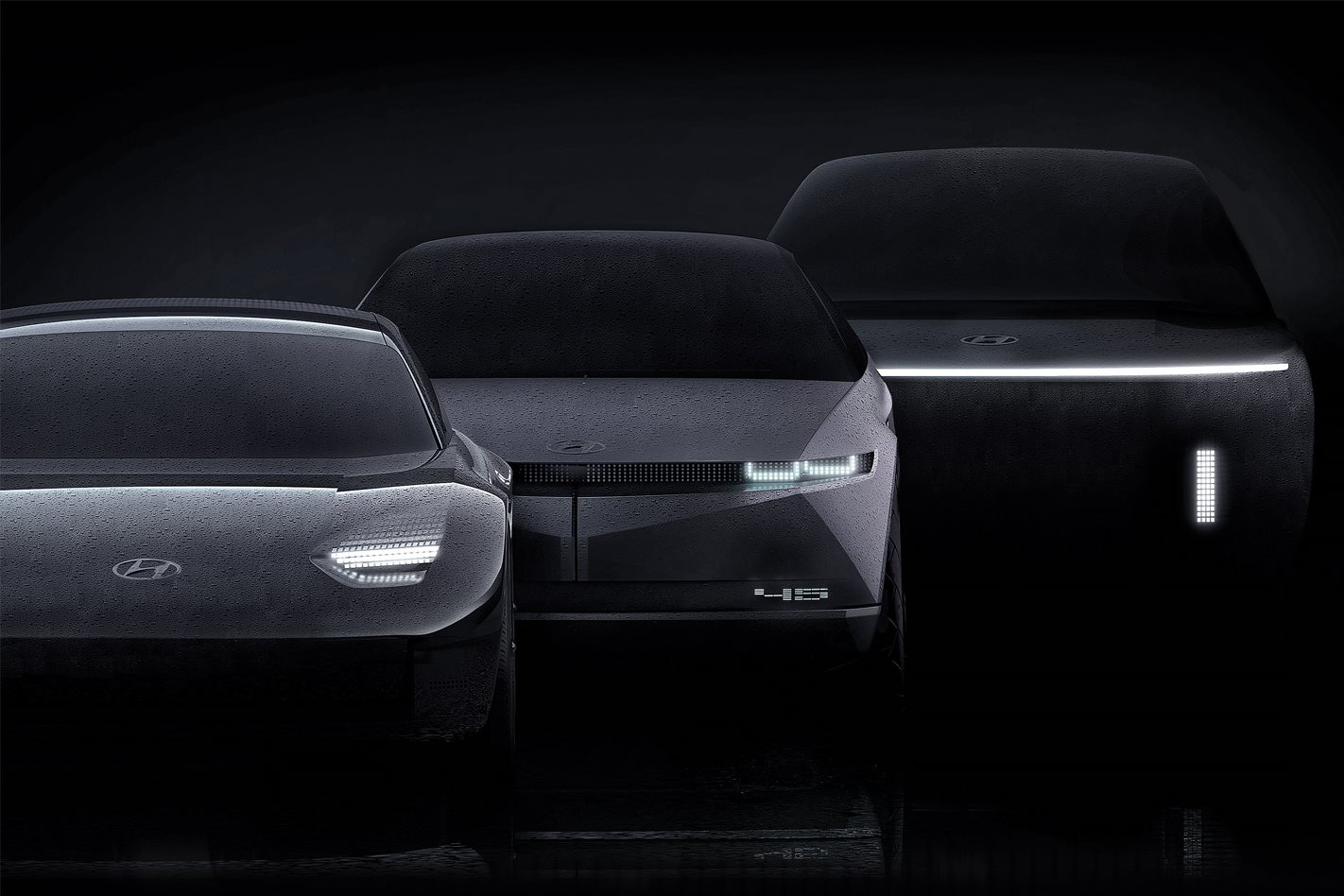 News
NewsHyundai Ioniq 6 and 7 details revealed
Key details of Hyundai's highly-anticipated Ioniq range have been released at a briefing in the US

